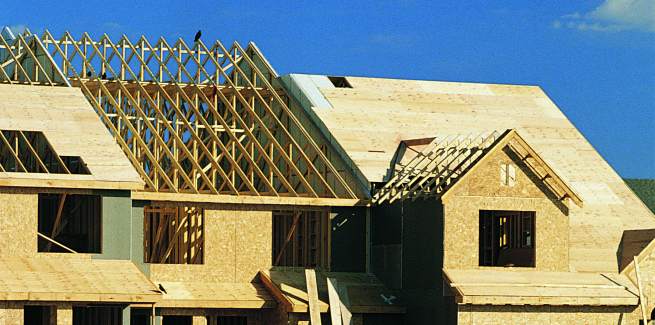New figures from the Housing Industry Association’s (HIA) National and State Outlooks have shown that the number of homes constructed in Australia fell from 225,061 in 2018 to just 174,770 in 2019.
This is the lowest level experienced by the industry since before the introduction of the goods and services tax (GST) for new homes.
According to the HIA, this slowdown in home building may be a significant contributor to the stalling national economy.
HIA Economics chief economist Tim Reardon said: “A credit squeeze was a key brake on the previous cycle, and while some restrictions have since loosened, there has been a structural tightening of how we lend money in this country.
“Tighter lending standards are excluding many aspiring owners from the mortgage market and will continue to adversely impact home ownership rates,” he said.
Mr Reardon said that while investors would normally compensate for any drop in owner-occupied demand for new homes, this was currently not the case.
“This time ’round we wouldn’t count on the same wave of foreign investment, given the barriers they now face with punitive rates of stamp duty when entering the domestic housing market. As a consequence, we expect upward pressure on rents,” he said.
Mr Reardon observed that this current cycle had almost run its course, with the overall housing market reaching a turning point at the end of 2019, propped up by interest rate cuts and house price growth.
However, he predicted that the next upward trend in new home building would not reach the activity levels of the boom years from 2014 to 2018, as those years set a record that would likely not be beaten in the near future, given the introduction of GST and a tighter lending environment.
He also noted that population growth had reached a steadier rate of 400,000 people per annum. This, combined with much of the underbuild now largely worked down, means the pressure for new construction would not reach the levels of years prior.
“As for the anticipated recovery in new home building, we think it will be a very modest affair,” Mr Reardon said.
“At best, this next cycle will see the current rate of home building maintained, with slow growth in coming years.”
The home-building industry will require a strong national economy to recover from this cycle, but international factors are also likely to affect the volume of home building over the medium term, the HIA continued.
Mr Reardon said the effects of trade and tourism restrictions with China in the wake of the coronavirus outbreak “pose a material downside risk” to HIA’s forecasts, adding these elements have not been factored into forecasts as the effects are still emerging.
“If the impact on tourism and trade is short-term, and if the Australian government’s infrastructure projects do finally flow through to work on the ground, then Australia will continue its record run to 30 years of continuous economic growth,” Mr Reardon said.
HIA Economics expects these factors to have a bigger impact on multi-unit, rather than detached house, construction.
On average, during the 2014-18 boom, the industry was starting construction on nearly 105,000 multi-unit homes per annum. HIA Economics is forecasting the industry to begin construction on 75,750 multi-unit homes in 2020-21, 77,390 in the following year, and 80,980 in 2022-23.
During the previous boom, the industry was commencing construction on an average of nearly 117,000 detached houses per annum. The expectation is for detached house to start rising from 101,390 houses in 2020-21 to 102,750 houses in the following year, and then to 104,350 in 2022-23.
[Related: Housing construction recovery ‘not far off’]
 ;
;
